Class 7 Science Chapter 12 HOTS Questions - Earth, Moon, and the Sun
Q1. If the Earth stopped rotating, how would it affect life on Earth in terms of day-night cycle and climate?
Answer: If the Earth stopped rotating, one side would continuously face the Sun, experiencing constant daylight and extreme heat, while the other would remain in perpetual darkness, leading to freezing temperatures. The regular 24-hour cycle of day and night would vanish, disrupting sleep patterns, plant photosynthesis, and animal behaviors. Over time, such imbalance could make large parts of Earth uninhabitable due to extreme climate differences.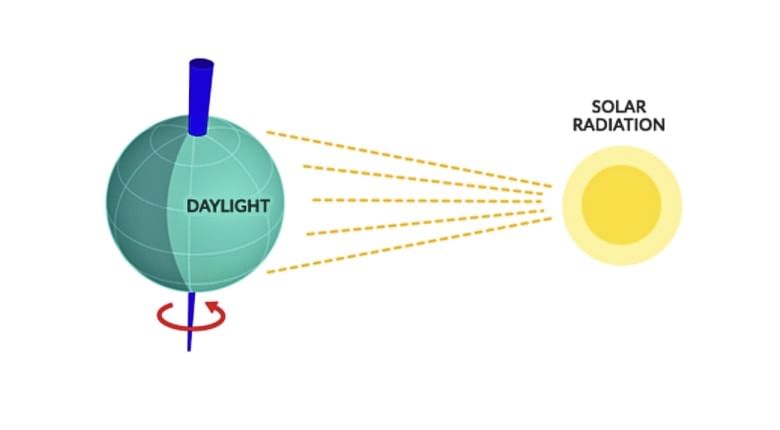
Q2. How would seasons be different if the Earth’s axis were not tilted?
Answer: Without the 23.5° tilt, the Earth would not experience seasons as we know them. All places on Earth would receive nearly equal sunlight throughout the year, resulting in no major temperature variations. Areas near the equator would remain warm, while polar regions would stay cold, but the dramatic shifts of summer and winter would disappear. This would affect ecosystems, agriculture, and migration patterns of animals and birds that depend on seasonal changes.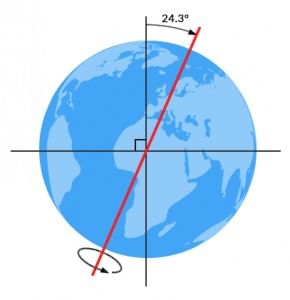
Q3. Why do we always see the same side of the Moon from Earth, even though the Moon revolves around us?
Answer: This happens due to synchronous rotation—the Moon takes the same time to rotate on its axis as it does to orbit the Earth (about 27.3 days). Because of this, the same hemisphere of the Moon always faces Earth. The far side, often called the “dark side,” remains hidden from our view, even though it does receive sunlight during its orbit.
Q4. If the Earth revolved around the Sun in 100 days instead of 365, what changes would we observe in seasons and the calendar year?
Answer: With a shorter revolution period, each season would last for about 25 days, drastically reducing their duration. This would impact agriculture, festivals, and climate stability. The calendar year would also shrink to around 100 days, disrupting how we measure time, plan events, and organize economic and academic systems built on a 12-month year.
Q5. Why is the lunar eclipse visible from more parts of the Earth compared to a solar eclipse, even though both involve the alignment of the Earth, Sun, and Moon?
Answer: During a lunar eclipse, the Earth’s shadow falls on the Moon, which is visible from anywhere on Earth where the Moon is above the horizon—this can be half the planet. In contrast, a solar eclipse occurs when the Moon’s small shadow falls on the Earth, covering only a narrow strip. Therefore, lunar eclipses are more widely visible than solar eclipses.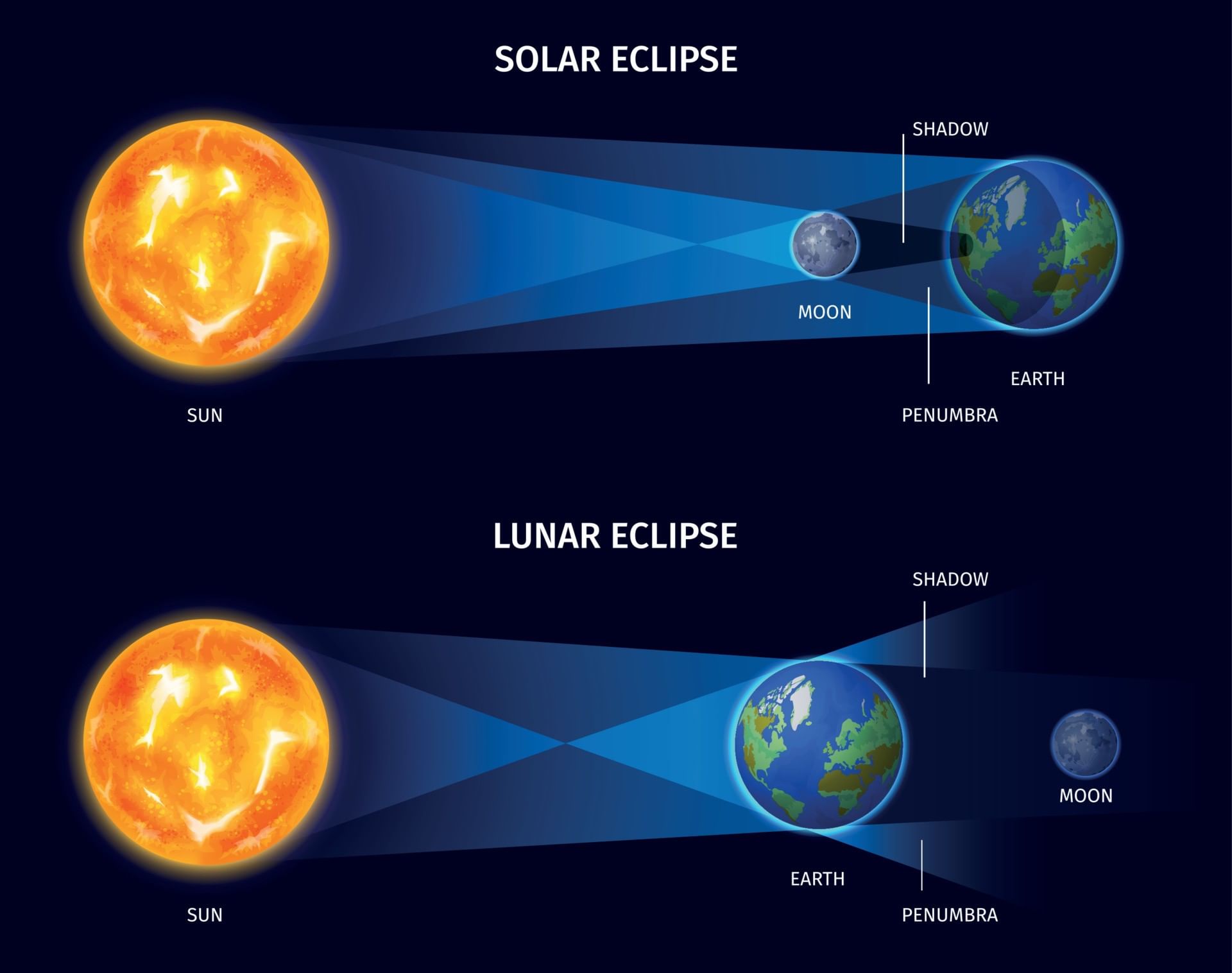
Q6. What is the significance of the apparent size of the Sun and Moon in enabling a total solar eclipse, and why doesn’t Venus or Mercury cause similar eclipses?
Answer: The Moon and Sun appear almost the same size in the sky because, although the Sun is 400 times larger, it is also 400 times farther from Earth. This coincidence allows the Moon to completely cover the Sun during a total eclipse. Venus and Mercury, though planets, appear much smaller in the sky and cannot block the Sun significantly. Instead, they cause rare events like the Transit of Venus, where they appear as tiny dots moving across the Sun.
Q7. How did ancient astronomers like Aryabhata explain celestial events without modern technology? What does this tell us about early scientific thinking?
Answer: Aryabhata used keen observation, logical reasoning, and mathematical models to explain phenomena like the Earth's rotation and the apparent motion of stars. He likened celestial motion to viewing stationary objects from a moving boat. His calculations about the Earth's rotation were nearly accurate to modern values. This shows that ancient scholars had strong observational skills and laid the foundation for modern astronomy through intellectual inquiry.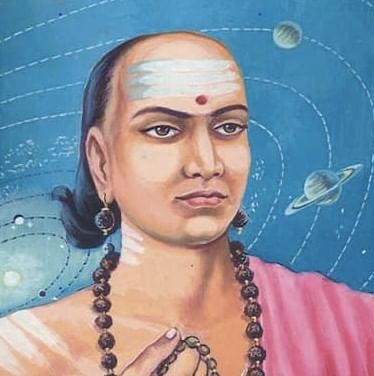
Q8. How does the Foucault pendulum provide scientific evidence for Earth's rotation, and why is its installation in the Indian Parliament building symbolic?
Answer: The Foucault pendulum swings in a constant plane, but due to Earth's rotation, the ground beneath it rotates slowly, making the swing appear to change direction. This demonstrates Earth's rotation directly. Its installation in India’s Parliament reflects a symbolic connection between science, democracy, and cosmic understanding, acknowledging both India's scientific heritage and its aspirations for global leadership in scientific thought.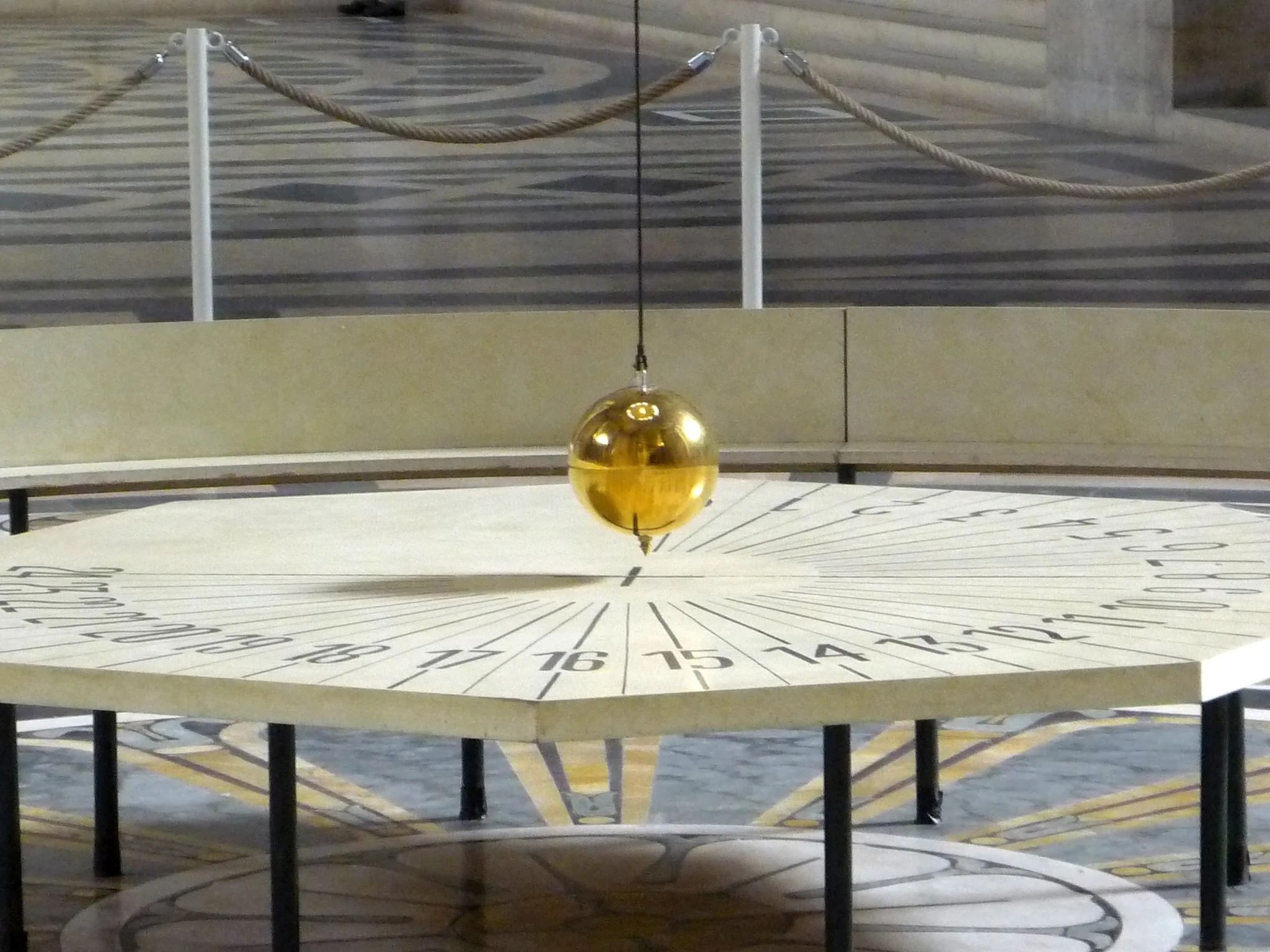
Q9. Why do the constellations visible in the night sky change over months, and how has this been used historically by farmers and navigators?
Answer: As Earth revolves around the Sun, our nighttime view shifts, exposing different parts of the universe each month. Hence, constellations like Orion or Scorpius appear only during certain seasons. Ancient communities, like the Bhil and Pawara, used these patterns to predict monsoons or farming cycles, while navigators used them for guiding ships across oceans, long before GPS existed.
Q10. Why is it important to debunk superstitions related to eclipses using scientific understanding, and how can education play a role?
Answer: Superstitions—like avoiding food during eclipses or staying indoors—arise from fear and lack of knowledge. Science shows that eclipses are natural, predictable events based on celestial alignments. Promoting science-based education, explaining phenomena with facts, and encouraging safe viewing practices helps people make informed decisions, replaces myths with curiosity, and fosters a rational mindset in society.
|
85 videos|322 docs|12 tests
|
FAQs on Class 7 Science Chapter 12 HOTS Questions - Earth, Moon, and the Sun
| 1. What are the main differences between the Earth, Moon, and Sun ? |  |
| 2. How do the Earth, Moon, and Sun interact during an eclipse ? |  |
| 3. Why does the Moon appear to change shape throughout the month ? |  |
| 4. What is the significance of the distance between the Earth and the Moon ? |  |
| 5. How does the Sun's energy affect life on Earth ? |  |
















